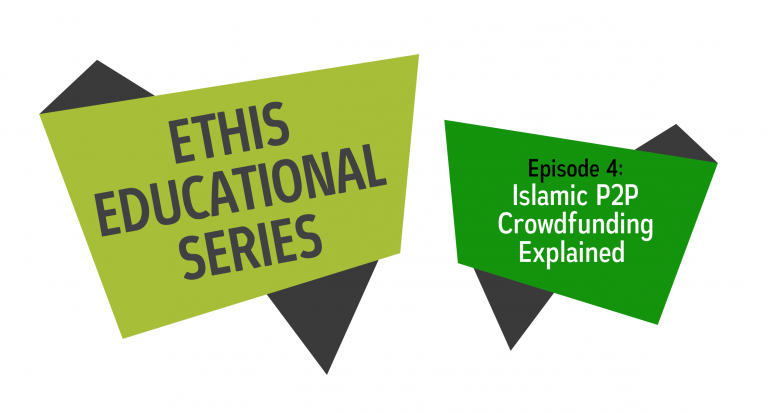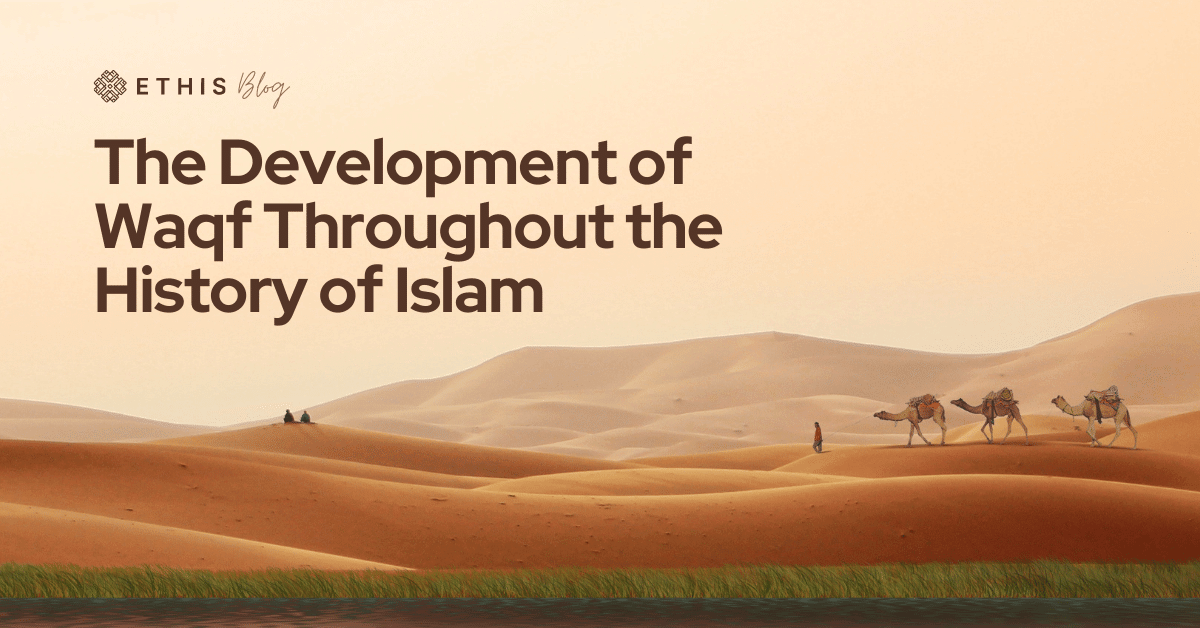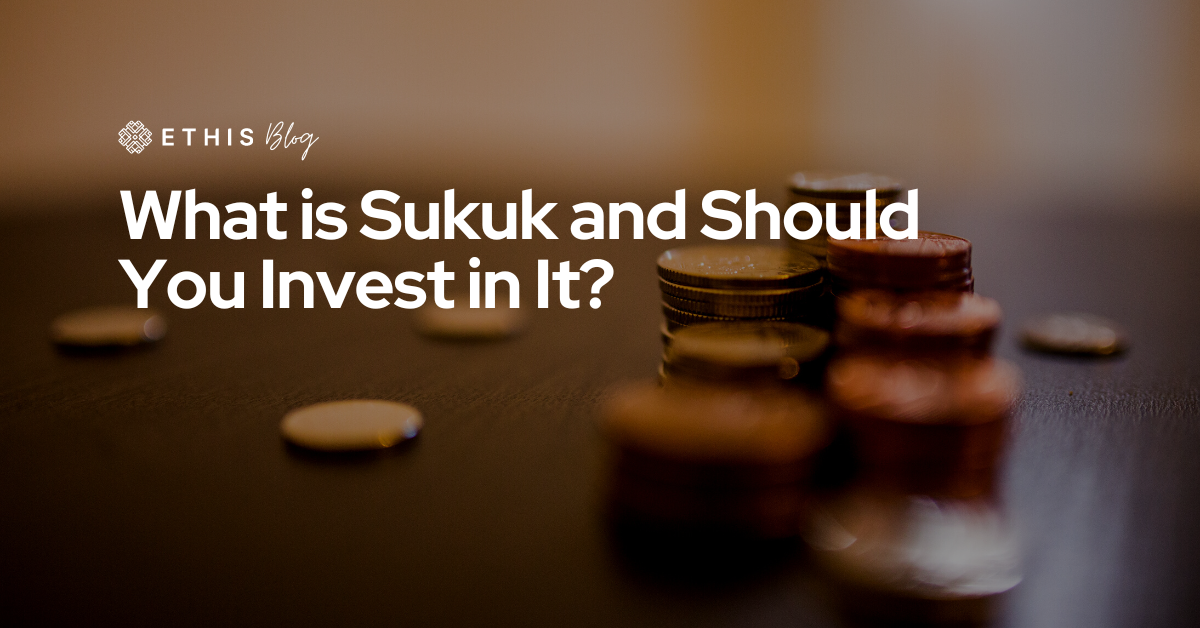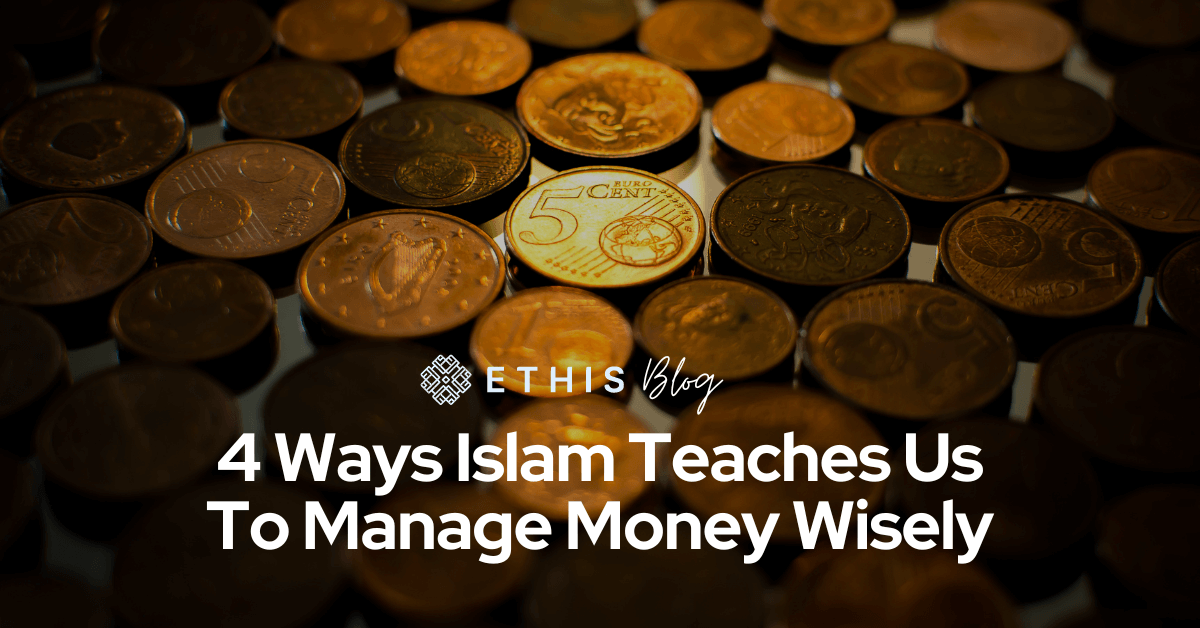
Editor’s Note: This post was originally published in May 2017 and has been edited and updated for relevancy and comprehensiveness.
As Salaamu Alaikum Wa Rahmatullahi Wa Barakaatuh, My name is Aziz, and today we will be explaining on how to do Islamic P2P crowdfunding.
With that, I will pass it on to brother Ahmad to give you the full picture.
Thank you very much brother Aziz, for that introduction.
We will go into the explanation of how to do Peer-to-Peer Crowdfunding without using interest. How that is done is actually through a sale contract. So, this is a P2P crowdfunding for asset finance, using a contract from Islamic finance called Murabahah.
In order to do this Murabahah contract, it must be done in a way that is Shariah-compliant. This contract will be between the Crowd, the Platform, and an SME.
But, before we can actually buy and sell the asset that the SME wants, we have to have something called:
A Murabaha Master Agreement
This basically combines or brings together the SME, the Platform, and the Investors (Crowd) in a (document of) understanding that we will execute a Murabahah (sale) contract. Once the Master Agreement is concluded, the interesting part of the crowdfunding comes.
We’re going to illustrate that to you with a very nice illustration here.
Let’s get started!
First, we have YOU, the Crowd, our investors, come and visit the platform.
After visiting the platform, you will sign the Murabahah Master Agreement which will allow you to invest in an SME. Once you find the SME that you’re interested in investing in, you send them your investment, through the platform, using online payment gateways.



When that investment reaches the SME, they are enabled to purchase the asset that they have sought finance for, which is already explained in the project description online at the website.
After they purchase the asset from the supplier, using the cash provided from the crowd, the supplier will transfer the ownership of that asset to the crowd. That asset actually belongs to the crowd because it was bought with the Crowd’s money. But the delivery of the asset will go to the SME because the SME wants to be the end user. So now at this stage, the crowd owns the asset, but the asset is physical with the SME.
What happens after that?
What happens next is that the SME will issue an offer to buy the asset from the Investors, who will, of course, accept as this was previously agreed in the Murabahah master agreement.
This transfers the asset ownership to the SME, and in exchange, the SME will send the payout to the investors. Thereafter, the contract of Peer-to-Peer financing has been completed, from the investors to the SME, via the platform.
In the end, the investors will get their principal plus the “markup”. This is because the asset is sold to the SME at an additional price from whatever was paid to the supplier. That additional “markup” when the crowd sells to the SME will be the profit to the crowd.
And that’s pretty much how Shariah compliant, Islamic P2P Crowdfunding works.
Thank you for watching!
Please visit our website at Ethis.co to learn more about our projects
Please subscribe on our Youtube.
Please follow and like on our Facebook.
Check out our next episode here!
And do leave any comments below
Thank you!






Top Posts
Halal Money Matters: How Muslims Can Balance Deen and Dunya with Smart Islamic Finance
Halal Investments for Singapore Muslims? It’s time for a shake-up in the Islamic Investments scene.
Smart investment for making Halal money
3 Reasons Why Property Crowdfunding is the Smart Investment for You
Islamic Crowdfunding Platforms: A Possible Tool for Financial Inclusion